On April 17, 2025, the MIT Shaping the Future of Work Initiative and the MIT Schwarzman College of Computing welcomed Arvind Narayanan, Professor of Computer Science at Princeton University, to discuss his latest book, \.
Get the latest international news and world events from around the world.
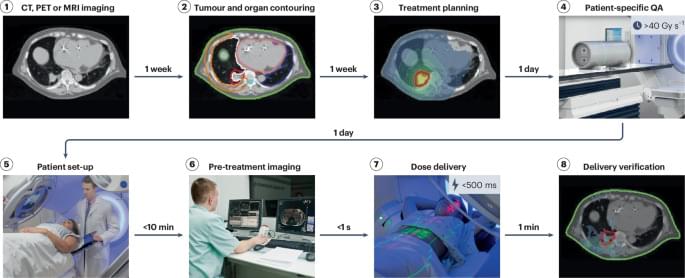
Balancing innovation and safety in FLASH radiotherapy
FLASH radiotherapy delivers a cancer treatment dose in less than a second, reducing side effects while maintaining tumour control. This Review explores technological advances, safety considerations and future directions needed to bring this promising ultra-fast radiotherapy approach into clinical practice.
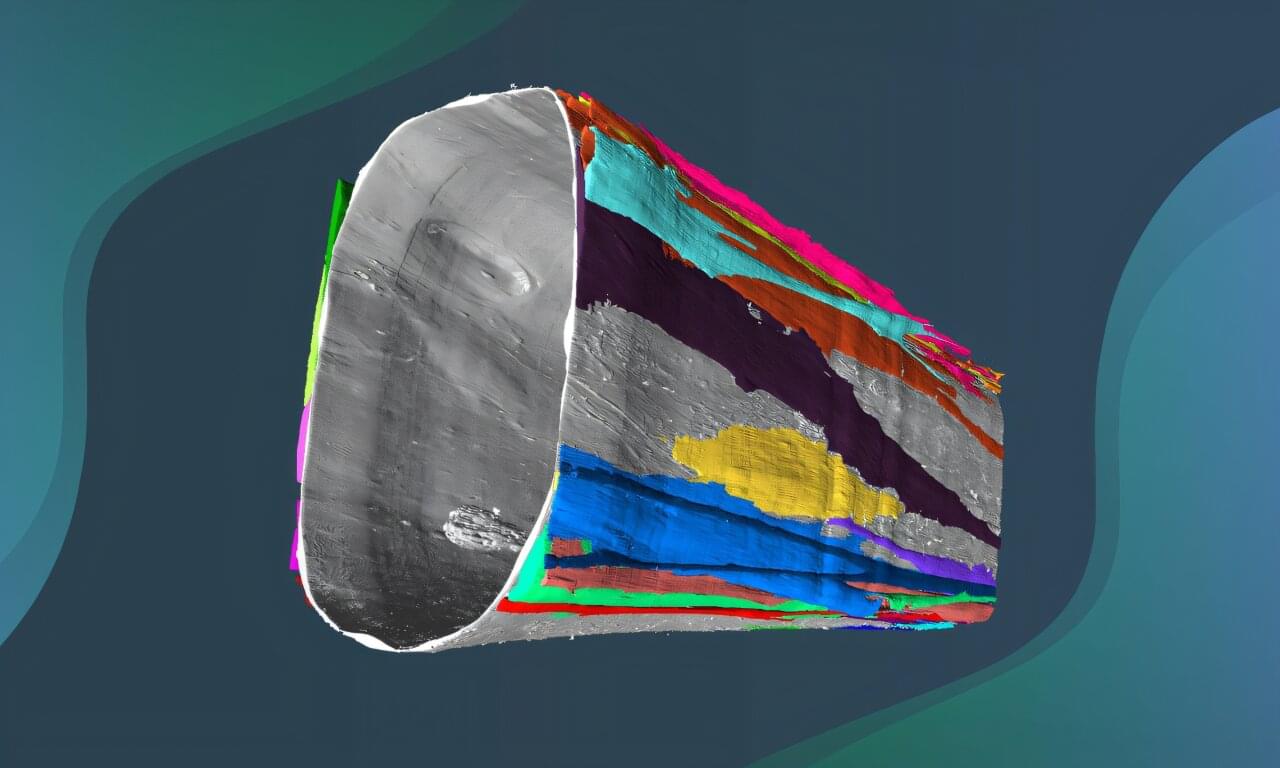
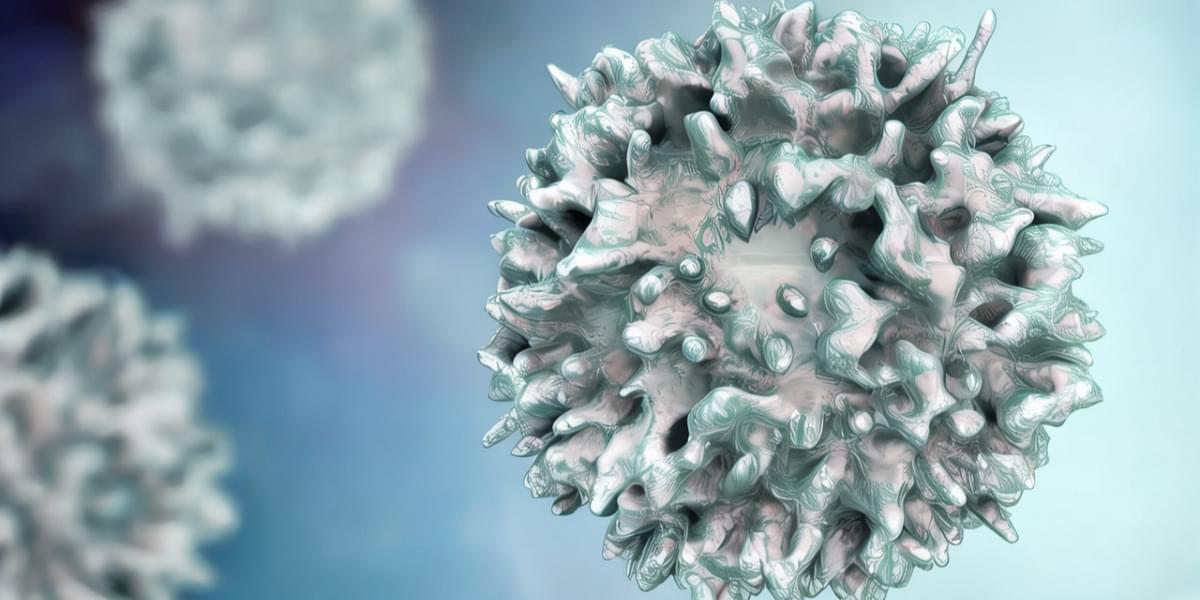
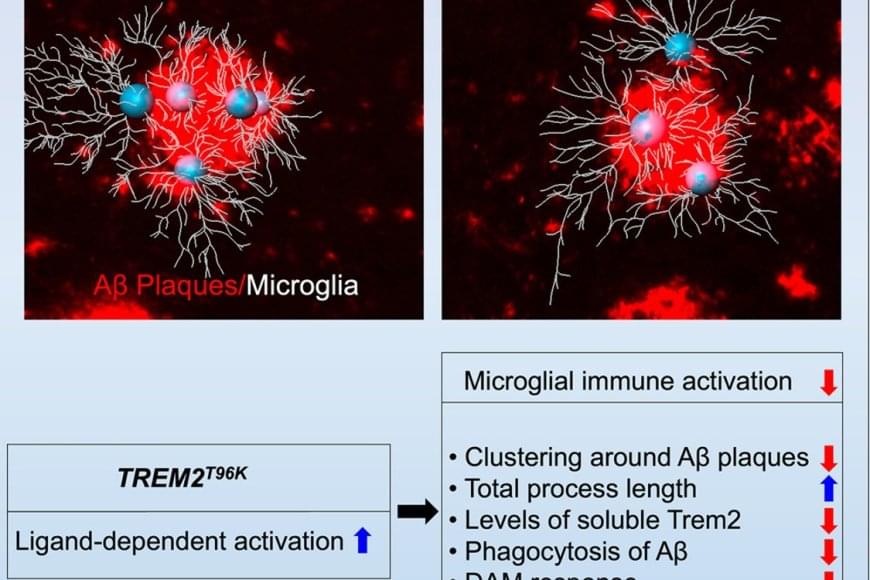
Microglial gene mutation inked to increased Alzheimer’s risk
The team wanted to understand how immune cells of the brain, called microglia, contribute to Alzheimer’s disease (AD) pathology. It’s known that subtle changes, or mutations, in genes expressed in microglia are associated with an increased risk for developing late-onset AD.
The study focused on one such mutation in the microglial gene TREM2, an essential switch that activates microglia to clean up toxic amyloid plaques (abnormal protein deposits) that build up between nerve cells in the brain. This mutation, called T96K, is a “gain-of-function” mutation in TREM2, meaning it increases TREM2 activation and allows the gene to remain super active.
They explored how this mutation impacts microglial function to increase risk for AD. The authors generated a mutant mouse model carrying the mutation, which was bred with a mouse model of AD to have brain changes consistent with AD. They found that in female AD mice exclusively, the mutation strongly reduced the capability of microglia to respond to toxic amyloid plaques, making these cells less protective against brain aging.

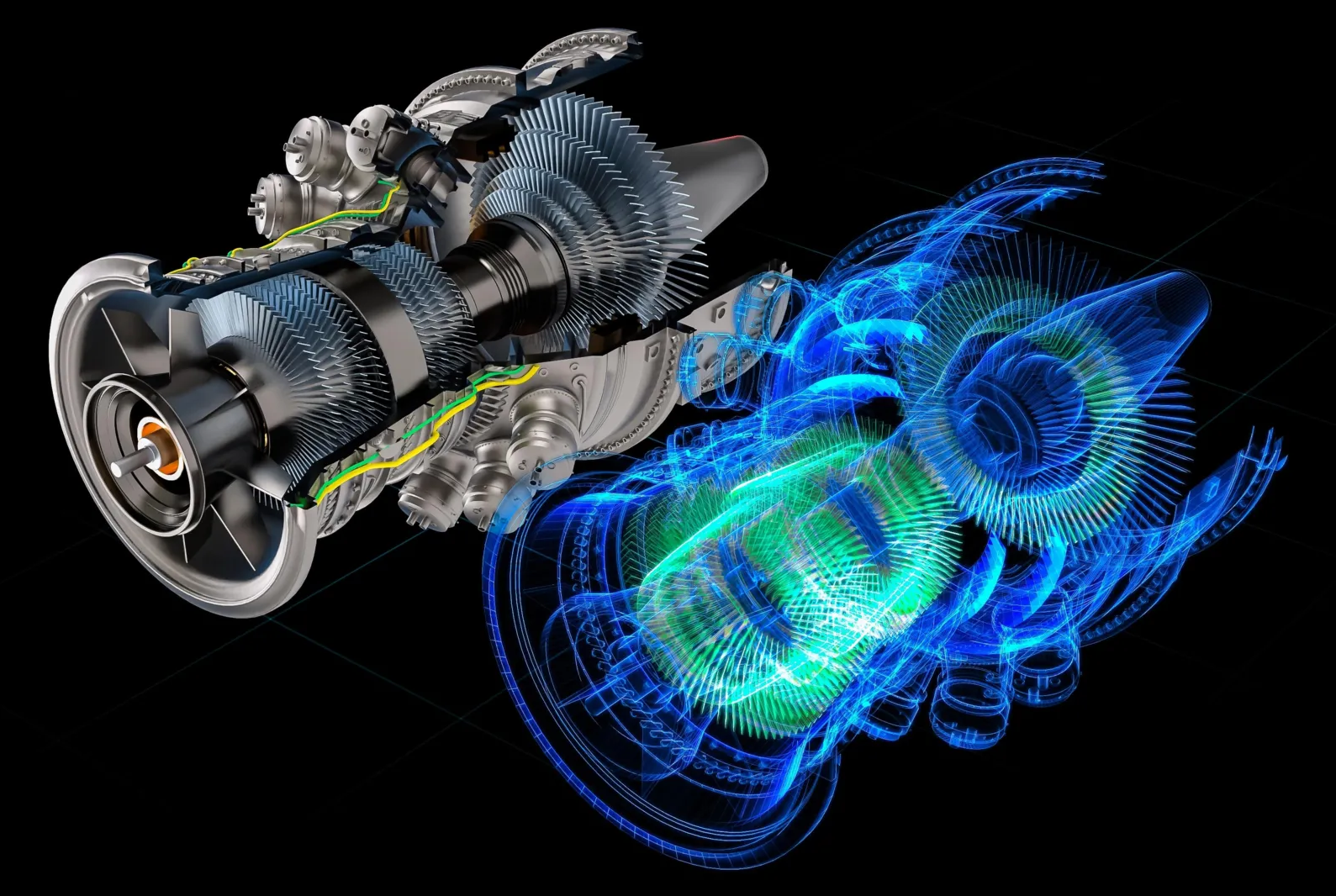
Scientists forge “superalloy” that refuses to melt
Scientists have developed a chromium-molybdenum-silicon alloy that withstands extreme heat while remaining ductile and oxidation-resistant. It could replace nickel-based superalloys, which are limited to about 1,100°C. The new material might make turbines and engines significantly more efficient, marking a major step toward cleaner, more powerful energy systems.

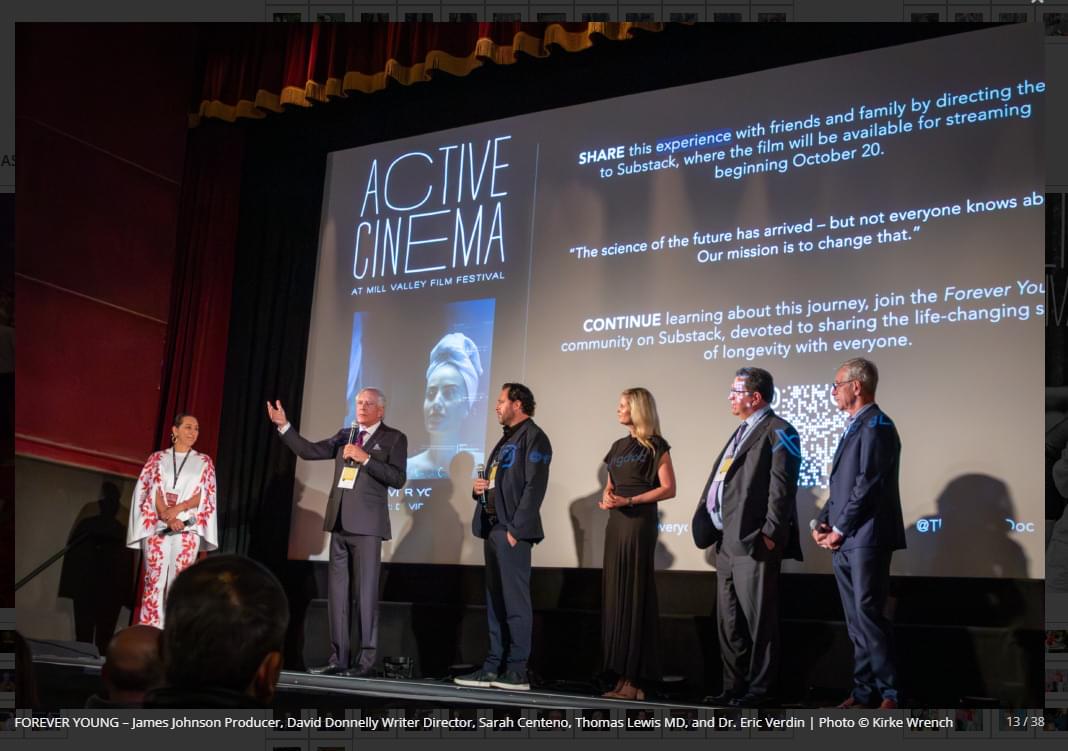
Saturn V’s Silent Navigator: The Guidance Gyros of the Instrument Unit
Discover the hidden brain of the Saturn V — the Instrument Unit’s gyroscopes. Learn how these precision-spinning machines guided humanity’s most powerful rocket with unmatched accuracy, keeping Apollo on course to the Moon.
🚀 Every like, comment, and share helps keep Apollo’s engineering story alive.
If you liked this video, please share it with a friend and leave a comment below — it really helps the channel grow.
🚀 New Apollo episodes every week!
📘 Recommended Reading for Space Enthusiasts.
Explore the real stories, engineering, and people behind the Apollo Program — these are the best books to deepen your knowledge: